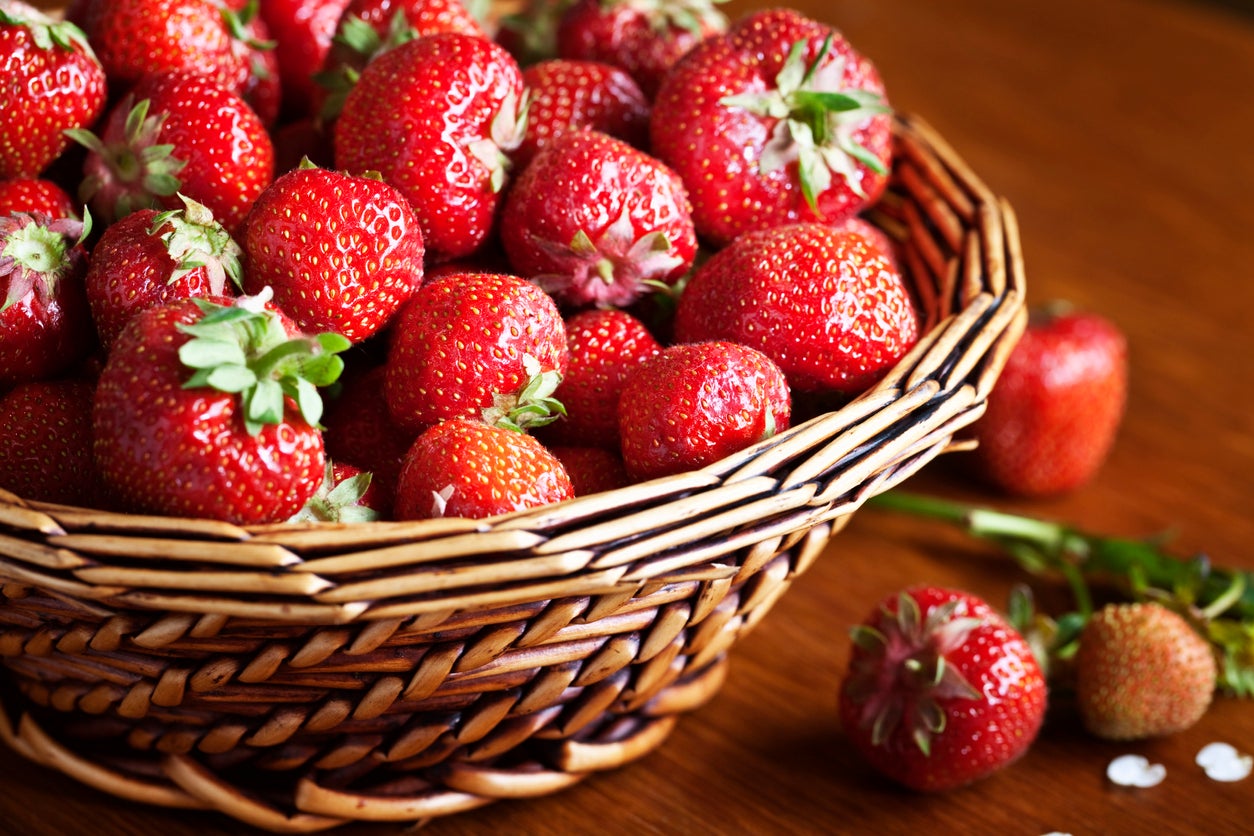Aromas Strawberry Facts: Tips For Growing Aromas Strawberries


Nothing quite beats the taste of fresh picked strawberries from your own garden. With so many strawberry varieties to choose from these days, it’s easy to find one that grows perfect in your region. Aromas strawberry plants are a patented day-neutral type and great for growing nearly anywhere. Interested in growing Aromas strawberries? Read on to learn more.
Aromas Strawberry Facts
What are Aromas strawberries? Aromas strawberry plants produce large, moderately firm, bright red strawberries that are delicious eaten fresh, frozen, or incorporated into jams, jellies, or desserts.
Growing Aromas strawberries is easy if you live in USDA plant hardiness zones 3 through 9. This exceptional, heavy-producing plant tends to be resistant to spider mites, as well as mildew and other plant diseases.
Tips on Growing Aromas Strawberries
Place Aromas strawberries where the plants are exposed to sunlight for at least six hours per day. A sunny spot produces the best flavor.
Allow 18 to 24 inches (46-61 cm.) between plants, as crowding prevents air from circulating around the plants. If you plant strawberries in rows, allow 4 feet (1 m.) between each plant.
Aromas strawberries require fertile, well-drained soil and are likely to rot in soggy conditions. If drainage is a problem, dig in a generous amount of compost or other organic material before planting. Also, planting on small mounds may help promote drainage.
Don’t plant strawberries near spots where potatoes, tomatoes, eggplants, or peppers have grown in the past, as the soil may harbor verticillium wilt, a serious disease that can devastate strawberries.
Sign up for the Gardening Know How newsletter today and receive a free copy of our e-book "How to Grow Delicious Tomatoes".
Water Aromas strawberry plants regularly, but be careful not to overwater as the plants are likely to rot. Decrease irrigation and water very lightly when fruit appears. If possible, water at the base of the plants and keep the leaves as dry as possible.
Provide a general-purpose fertilizer when blooms appear.
Remove runners from young plants, as energy will be devoted to the runners instead of production of fruit. It’s fine to leave the runners on mature plants.
Apply a thin layer of scratchy mulch, such as straw or fine bark, to deter slugs and keep berries from touching the soil. However, don’t allow mulch to pile up on the plants.

A Credentialed Garden Writer, Mary H. Dyer was with Gardening Know How in the very beginning, publishing articles as early as 2007.